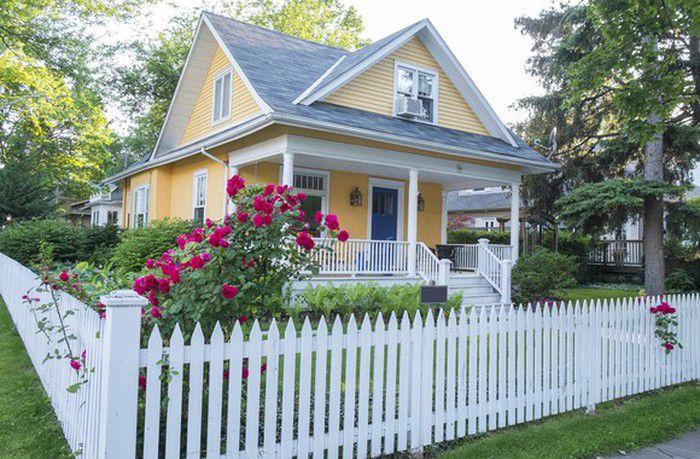
Homeownership is a goal many folks strive for, and while it can be a smart financial decision, a large number of buyers inevitably wind up making some mistakes along the way. This especially holds true when you’re buying your first home and are fairly new to the process. Here are Americans’ top three regrets in purchasing that first home, according to data from home-advice website Porch, and how you can avoid falling victim to them.
No. 1: Buying too small a home
We’re often warned not to take on too much house because of the cost involved, yet 22% of baby boomers, 20% of Gen Xers, and 15% of millennials believe that they didn’t buy a large enough property their first time around. The problem with rapidly outgrowing your space is that moving in a short period of time can be costly, and as such, you might find yourself in cramped quarters for longer than you’d like.
Remember, there are closing costs when buying a home. These include, but aren’t limited to, fees for an attorney, a home appraisal, and the loan origination. Closing costs typically amount to 2% to 5% of a home’s purchase price. So if you buy a house for $300,000, you could spend up to $15,000 in the process of closing. It generally takes three to five years to recoup those closing costs, so if you buy too small a place and then find yourself needing to move shortly thereafter, you might lose some money.
It’s better to think about your need for space and buy a home that meets your basic requirements. For example, if you’re a young couple expecting to have multiple children in the next three to five years, don’t buy a small two-bedroom bungalow and think you’ll just squeeze in. Instead, find a home that will allow your family to comfortably expand.
Also, consider homes that offer the potential for extra space, even if that space isn’t immediately available. If you buy a home with an unfinished basement that’s within your budget, you can always finish that space a few years later, thereby adding square footage.
No. 2: Not saving enough before buying that home
There’s a reason folks are generally advised to save enough for a 20% down payment on a home. If you put down less than that, you’ll get stuck paying private mortgage insurance (PMI). This is typically equal to 0.5% to 1% of the value of your mortgage. If yours is $300,000 and you’re liable for 1% PMI, you’ll add $3,000 a year, or $250 a month, to the cost of owning your home.
That’s why it often pays to delay homeownership until you have that 20% down payment. If you don’t want to wait, scale back your expectations a bit and consider a lower-priced home — perhaps one in a neighborhood that’s nice in its own right, but not quite as trendy as your target locale.
No. 3: Underestimating the cost of homeownership
Many people assume that once they’ve managed to save up their down payment, the hard part is over. Not so. It costs money to keep a home running, and if you don’t go in prepared, you might struggle to keep up with the maintenance your property needs.
As a general rule, you should expect to spend anywhere from 1% to 4% of your property’s value on standard maintenance each year. This means that if your home is worth $300,000, you’ll be looking at $3,000 to $12,000 annually. That’s an expense you should factor into your budget before buying a home so that you’re not left in the lurch when those maintenance expenses inevitably come up.
And that aforementioned 1% to 4% doesn’t cover major repairs, which are always a possibility when you own property. That’s why it pays to have a fully loaded emergency fund — ideally, with three to six months’ worth of living expenses. That way, you won’t risk credit card debt if your roof springs a leak or your heating system decides to die in the middle of winter.
Buying your first home can be exciting, but be careful. The last thing you want is to make a major mistake and regret your decision after the fact.